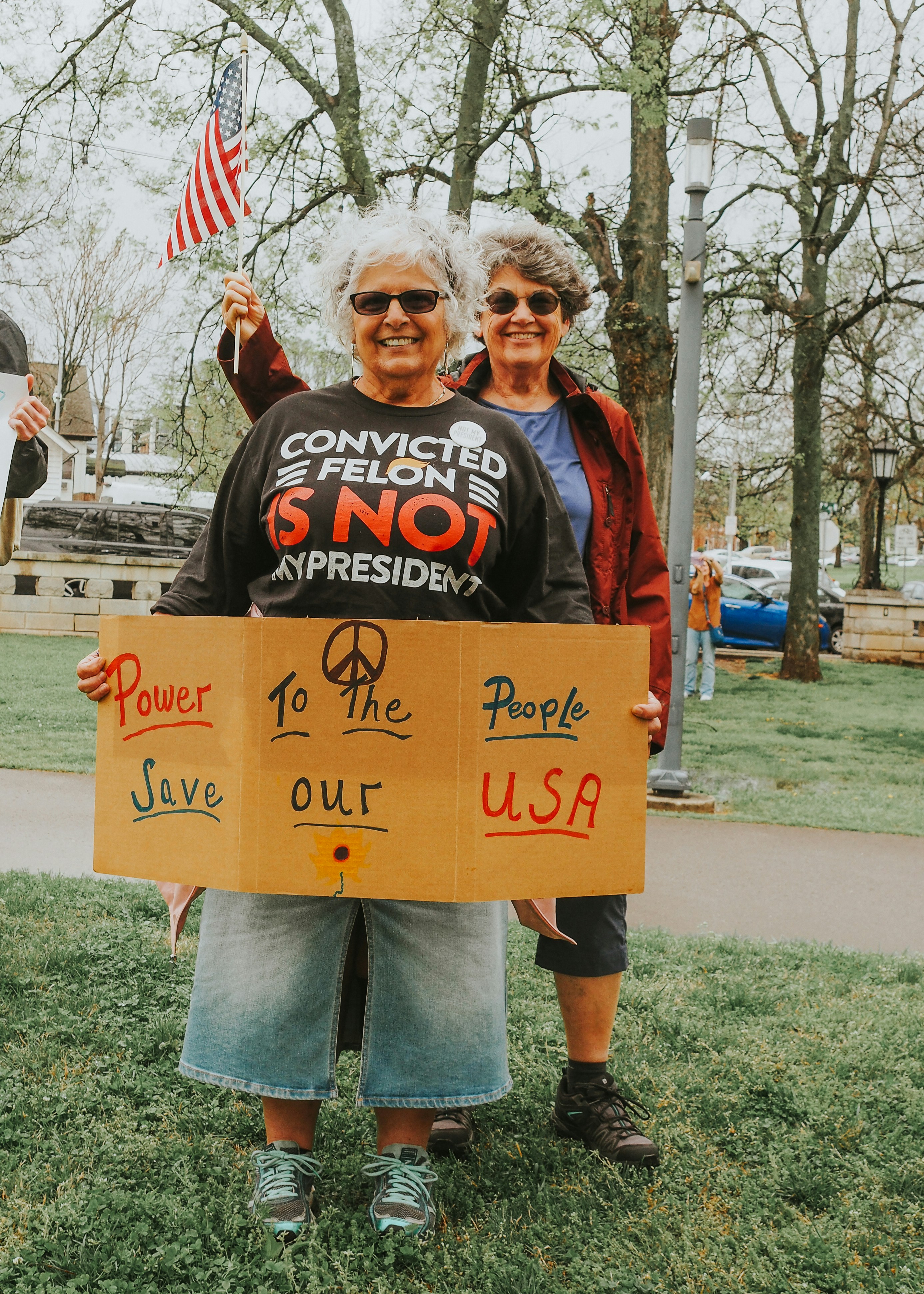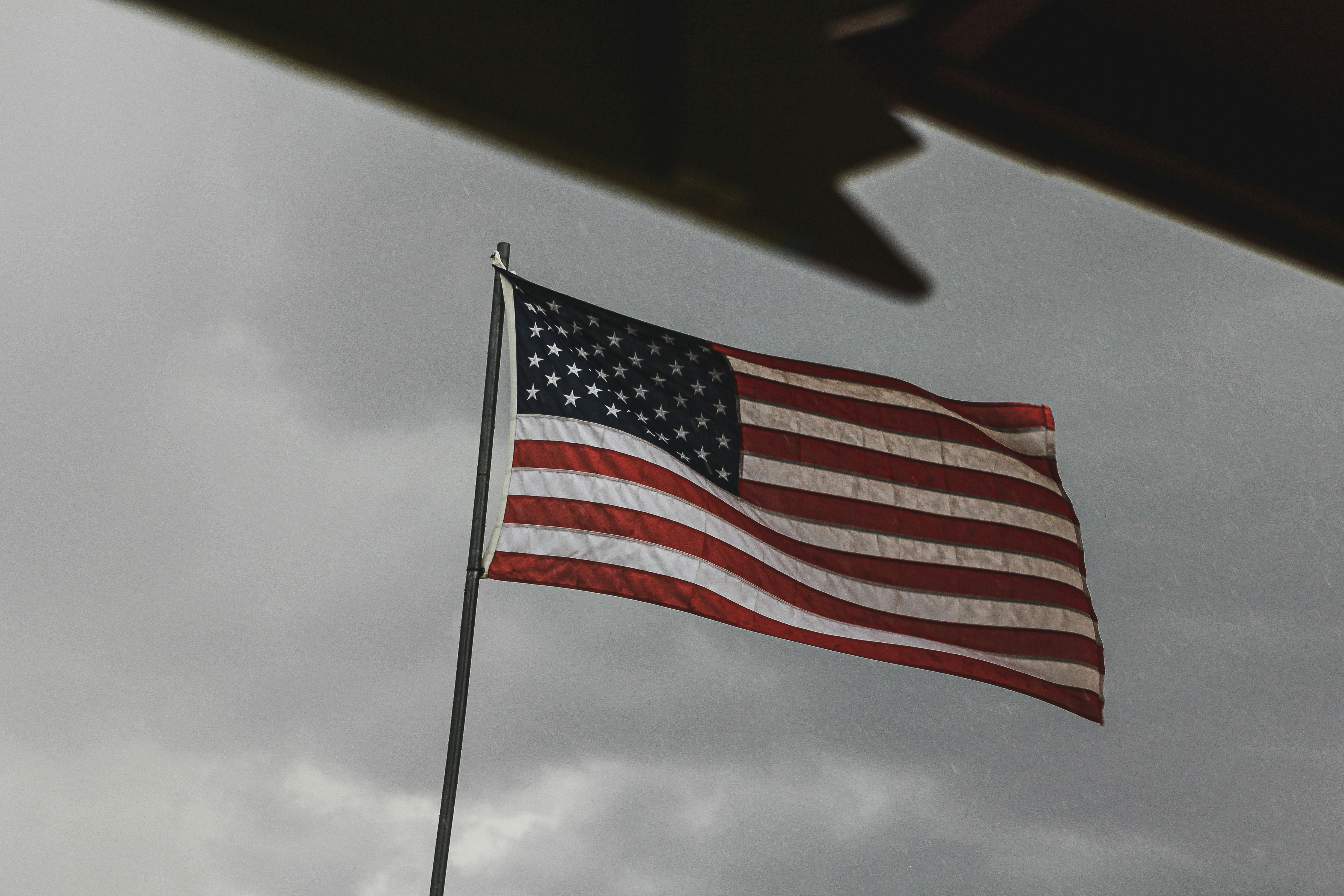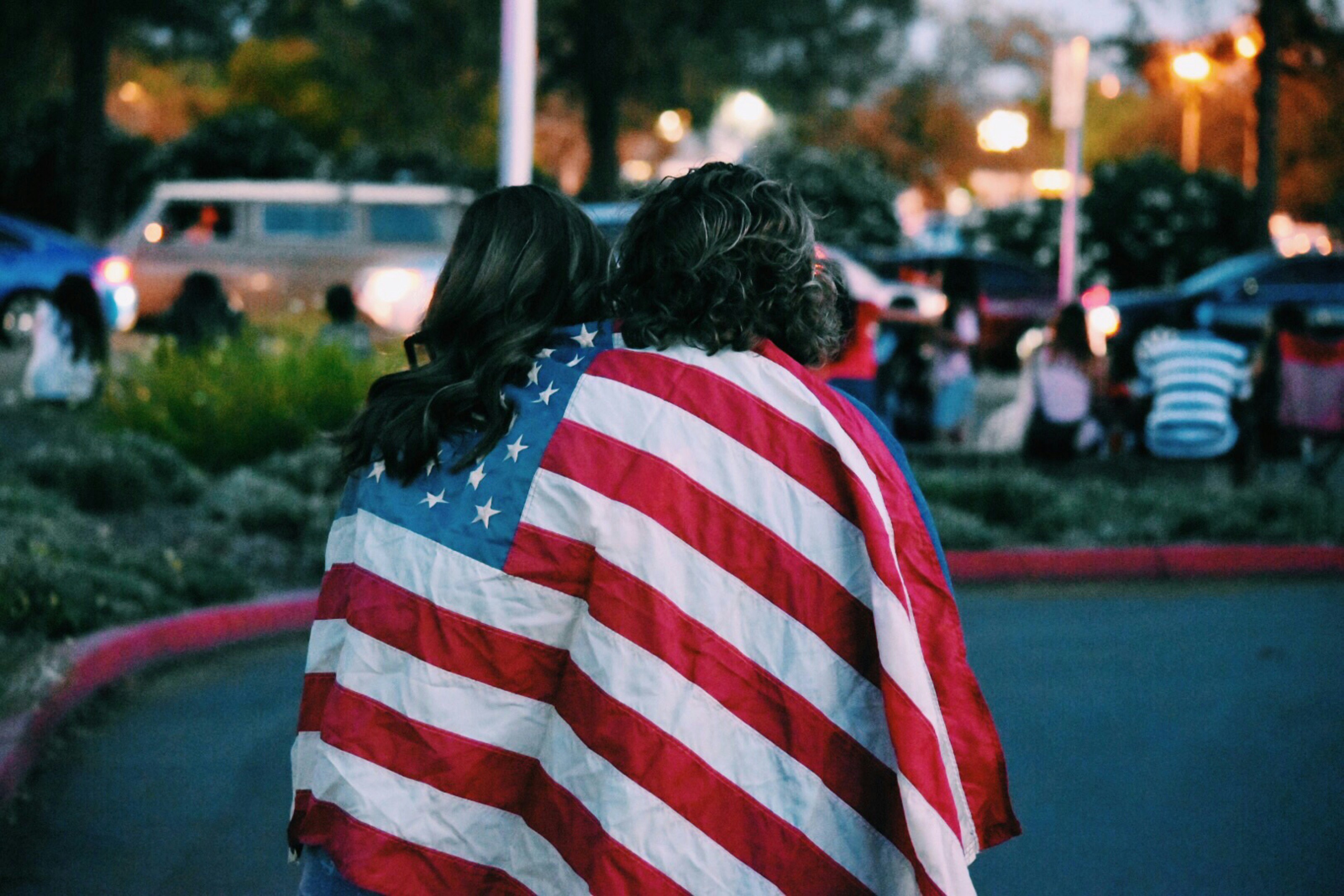The Cultural Tapestry of America
American culture is characterized by its remarkable diversity, blending influences from indigenous peoples, generations of immigrants, and the ongoing evolution of contemporary society. Rather than a single, uniform culture, the United States represents a mosaic of traditions, values, and practices that vary across regions, communities, and individual backgrounds.
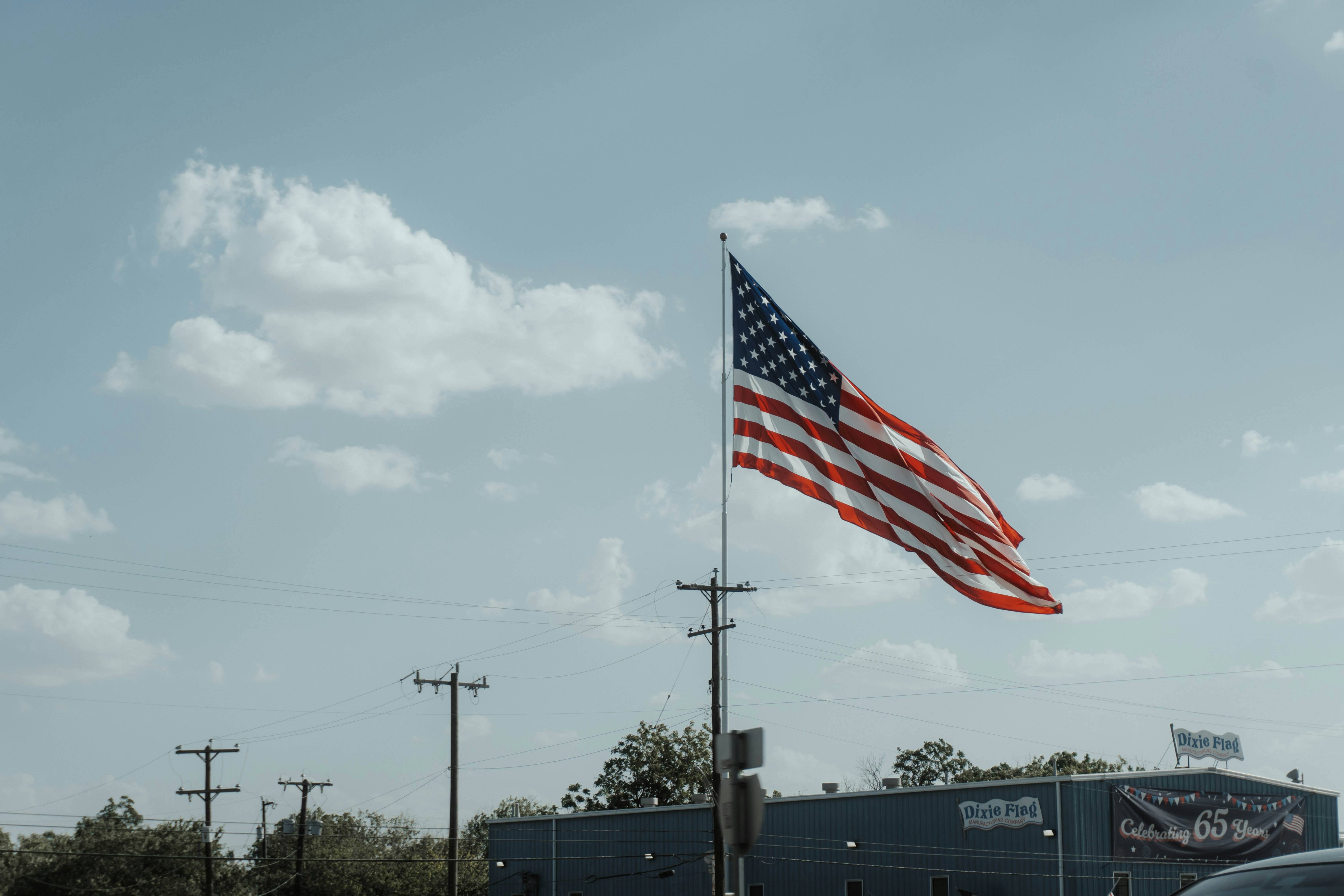
Cultural celebrations in America often highlight the nation's diversity
Cultural Diversity and the American Identity
While often described as a "melting pot," America can more accurately be viewed as a "cultural salad bowl" where different cultural identities remain distinct while contributing to the whole. This unique dynamic creates an environment where:
- Immigrants can maintain connections to their heritage while adopting American customs
- Regional cultural differences flourish alongside national traditions
- Artistic expressions frequently blend diverse influences
- Communities celebrate both shared American holidays and culture-specific observances
Core values that span across this diversity include individualism, equality, freedom of expression, innovation, and civic participation. These principles shape how Americans interact with each other and approach daily life, though interpretations and expressions of these values may vary widely.
Regional Cultures and Traditions
America's vast geography has fostered distinct regional cultures, each with unique traditions, dialects, cuisine, and lifestyle patterns. These regional differences contribute significantly to the country's cultural richness.
The Northeast
The Northeast region, encompassing New England and the Mid-Atlantic states, is known for its blend of cosmopolitan urban centers and historic small towns. This area's cultural traits include:
- Strong emphasis on education and intellectual pursuits
- Distinctive accent variations from Boston to New York to Philadelphia
- Cuisine featuring seafood (especially clam chowder, lobster rolls), bagels, and international influences
- Cultural institutions including world-class museums, theaters, and universities
- Fall foliage traditions and winter sports
The South
Southern culture combines traditional values with evolving modern sensibilities. This region is characterized by:
- "Southern hospitality" emphasizing politeness, community, and interpersonal warmth
- Distinctive culinary traditions including barbecue, soul food, and Cajun/Creole cuisine
- Strong musical heritage spanning country, blues, jazz, and rock 'n' roll
- Outdoor recreational traditions centered around hunting, fishing, and water activities
- Unique speech patterns and expressions
The Midwest
America's heartland embodies values of self-reliance, hard work, and community. Midwestern culture features:
- Agricultural traditions and county/state fairs
- Comfort food cuisine including casseroles, meat and potatoes, and fresh produce
- Sports traditions, particularly around football, baseball, and basketball
- Practical approaches to life often described as "Midwestern pragmatism"
- Strong community-oriented celebrations and gatherings
The West
The American West encompasses tremendous geographic and cultural diversity, from the Pacific Northwest to California to the Mountain states. Western cultural traits include:
- Pioneering spirit and appreciation for outdoor adventure
- Fusion cuisine drawing from Mexican, Asian, and indigenous influences
- Emphasis on environmental awareness and outdoor recreation
- Innovation and entrepreneurship, particularly in technology hubs
- Casual, relaxed approaches to daily life and social interactions
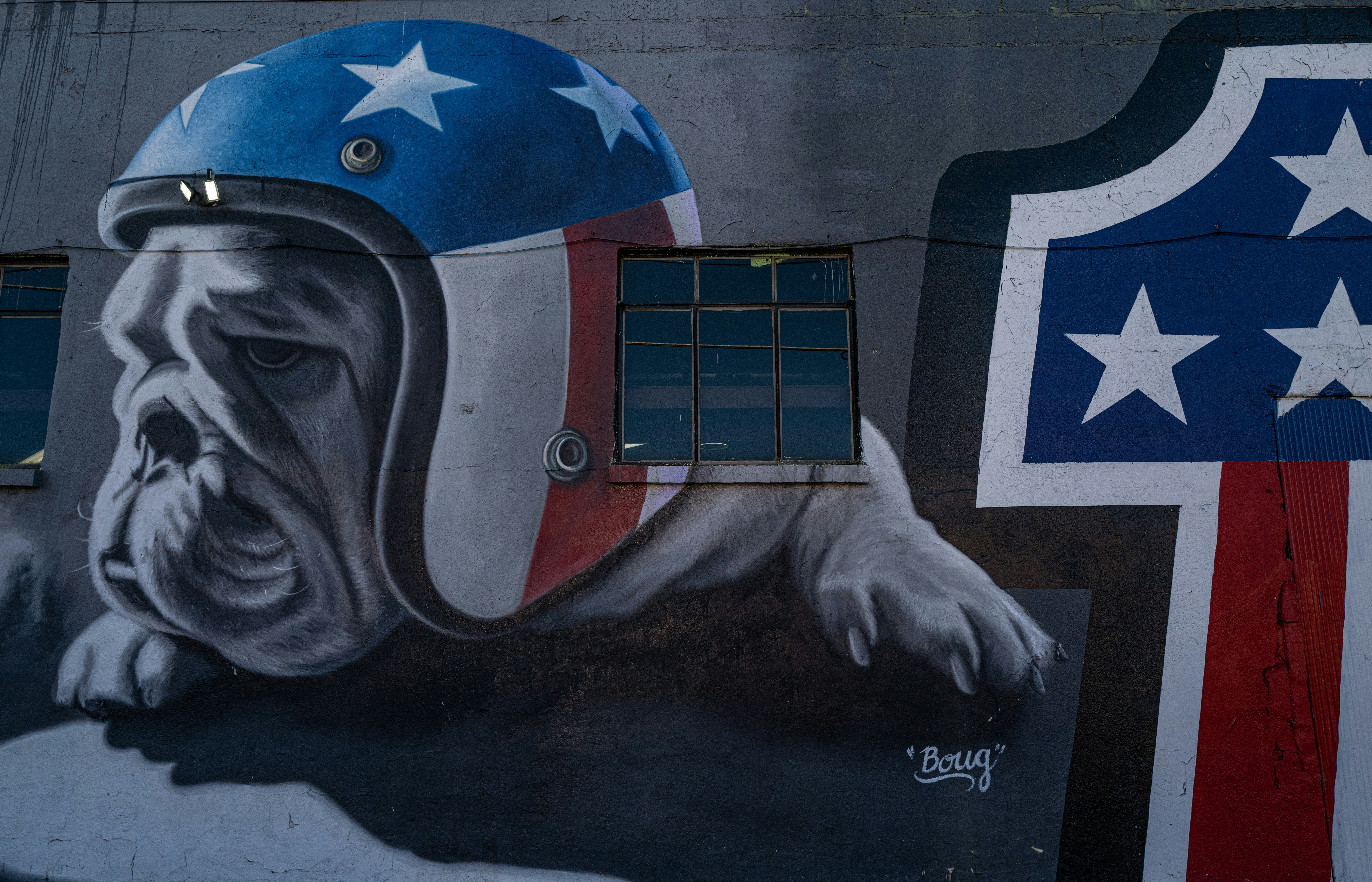
America's diverse landscapes significantly influence regional lifestyles and recreational activities
American Lifestyle and Social Customs
Daily life in America reflects both shared national patterns and considerable individual variation. Understanding common social customs and practices provides insight into navigating American society.
Social Etiquette and Interactions
- Greetings: Americans typically greet with handshakes in formal settings and may hug friends and family. The common greeting "How are you?" often functions as a formality rather than a genuine inquiry.
- Personal Space: Americans generally maintain greater personal space than in many cultures, typically standing about arm's length apart during conversations.
- Tipping: Service industry tipping is customary and expected, generally 15-20% for restaurant servers, taxi drivers, and various personal services.
- Punctuality: Being on time is generally valued, though expectations can vary by region and context. Business meetings typically adhere to scheduled times.
- Conversation: Small talk often begins interactions, with weather, sports, and work being safe topics. Americans tend to be direct in communication compared to many cultures.
Food Culture and Dining
American food culture blends diverse global influences with distinctly American innovations:
- Restaurant culture is prevalent, with dining out being a common social activity
- Fast food originated in America and remains popular for convenience
- Ethnic restaurants representing global cuisines are widely available in urban areas
- Barbecues and cookouts serve as important social gatherings, especially in summer
- Portion sizes tend to be larger than in many countries
- Meal times vary by region and individual schedules, but dinner is typically eaten between 6-8 PM
Sports and Recreation
Sports play a significant role in American culture, both as participation activities and spectator events:
- The "big four" professional sports are football (NFL), baseball (MLB), basketball (NBA), and ice hockey (NHL)
- College sports, particularly football and basketball, have passionate followings
- Tailgating (pre-game parking lot gatherings with food and drink) is a beloved tradition
- Outdoor recreation like hiking, camping, and water sports are popular in many regions
- Fitness culture is strong, with gym memberships and exercise routines being common
American Holidays and Celebrations
The American calendar includes numerous holidays that reflect the nation's history, values, and cultural diversity:
- Independence Day (July 4): Celebrates American independence with fireworks, parades, and barbecues
- Thanksgiving (4th Thursday in November): Centers around family gatherings and traditional meals
- Memorial Day and Veterans Day: Honor military service members
- Christmas: Widely celebrated with both religious observances and secular traditions
- Halloween (October 31): Features costume parties and trick-or-treating
- Martin Luther King Jr. Day, Juneteenth, and other commemorative holidays: Celebrate civil rights achievements and diverse cultural contributions

Holidays like Independence Day bring Americans together through shared traditions



